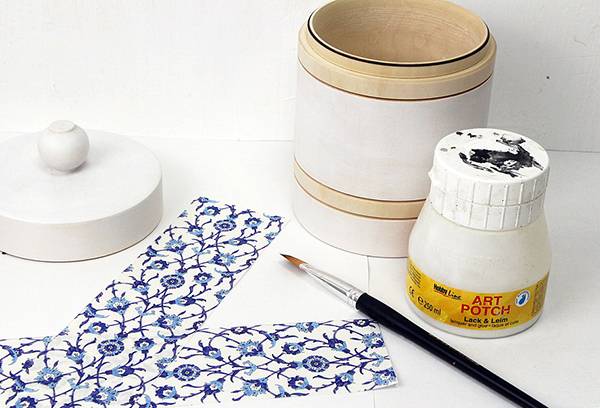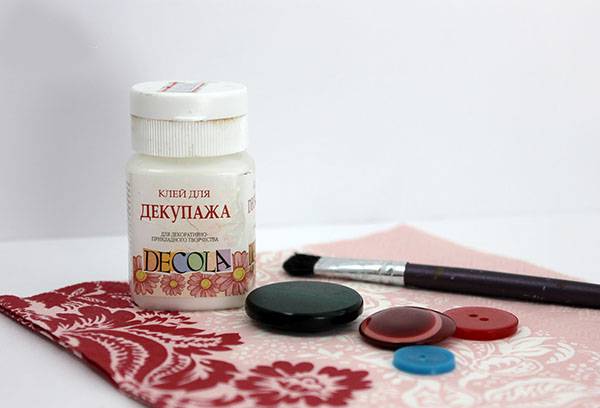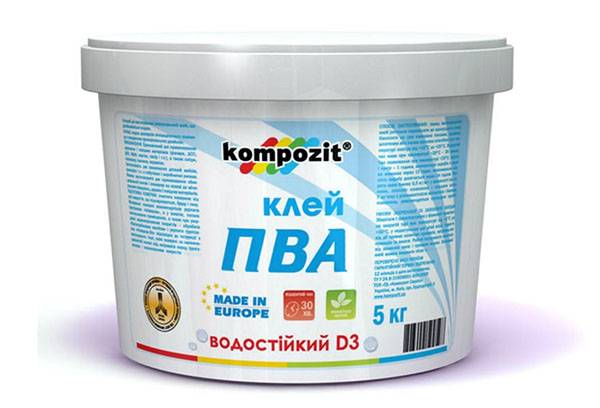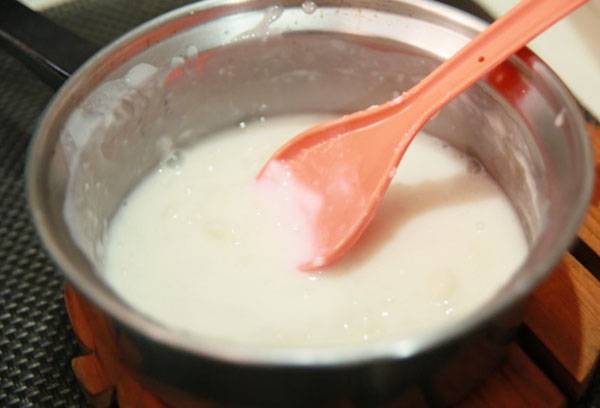What glue is best to use for decoupage?
Decoupage is a way of decorating various household items with fabric or special paper napkins. Recently, this type of needlework has gained immense popularity. And it is no coincidence, because, having mastered the secrets of the decoupage technique, you can turn any old, worn-out item into a real masterpiece. Among the materials necessary for creativity, decoupage glue is not the least important. A high-quality adhesive composition from a well-known manufacturer will make your work easier and allow you to enjoy an exclusive item created with your own hands for many years.

Features of glue for decoupage
The ever-growing interest in decoupage techniques contributes to the development of new materials designed specifically for this type of work. Well-known companies compete with each other in the production of glues and varnishes used by craftsmen in home art.
It is sometimes difficult for a buyer to understand the abundance of products on offer, so it is useful to know what requirements a good decoupage glue must meet.
- One of the main signs of high-quality glue is its consistency. The composition should not be too liquid, otherwise it will flow from the brush. And at the same time, it is undesirable to buy very thick glue, as it will be difficult to apply to the surface.
- Drying speed is important for work. If the glue sets instantly, the needlewoman has no opportunity to correct the drawing or smooth out wrinkles that appear on the paper.
- Good glue becomes completely transparent after drying and does not change color for many years.
- A strong synthetic odor indicates that the glue contains chemicals that are hazardous to health.
In addition, the quality of the product can be judged by its packaging. Large manufacturers, for ease of application of the connecting composition, supply the tubes with a special device built into the lid. In order not to make a mistake with your choice, you need to ask the seller for a certificate for the product.
Which glue is better - review of products from major manufacturers
Decorating in the decoupage style is gaining momentum. An increasing number of craftsmen prefer this type of needlework. To meet the growing demand for consumables, many well-known companies specialize in the production of decoupage glue. For example, the German company Kreul, founded back in 1838 and today supplying artistic paints and varnishes to more than 60 countries around the world.
Here are some of the most popular compositions intended for decoupage.
- Textile Potch
Textil Potch decoupage glue is water-based and is used in fabric decoupage. This composition belongs to the JAVANA series of products and is indispensable for gluing the thinnest napkins. This tool is extremely easy to use. The surface of the fabric is treated with glue, a napkin is applied, on top of which another layer of Textil Potch is applied. After this, the product should be allowed to dry for a day and then fix the design with a not too hot iron. The decorated item can be washed at a water temperature of 40°C.
- Art Potch
The universal product Art Potch combines glue and varnish for decoupage. After drying, it leaves a slight shine on the napkin.Can be used for finishing wood, ceramics, stone, cardboard and other surfaces. Products decorated with this adhesive are not subject to intensive and long-term use, but simply serve as room decoration.
- Glitter art potch
This adhesive composition performs two functions - it holds materials together and gives the new product an elegant look. This occurs due to flickering holographic particles contained in the product.
- Kerzen potch
The glue is designed specifically for decorating candles with fabric or paper. Thanks to the special composition containing wax particles, when the candle burns, the picture on the outer surface melts along with it. The refractory adhesive composition does not emit an unpleasant odor, dries quickly, becoming completely transparent.
- Porzellan potch
An adhesive composition intended for decoupage of ceramics, porcelain and glass. Using this glue, you can decorate a plate, decanter or glass, and then use the dishes for their intended purpose. Dry the finished product in a hot oven for at least an hour and a half, after which the dishes can be washed in the dishwasher without fear of damaging the surface.
- Mordan
Decoupage of any water-repellent surfaces with gold leaf or gold leaf can be done using Mordan glue produced by Italian manufacturers. Despite the high cost of this adhesive, it is not advisable to replace it with cheaper compounds, especially PVA, as there is a risk of ruining the expensive finishing material.
- Mod Podge
The adhesive was developed by a well-known American company specifically for outdoor use. Combines the properties of glue, sealant and varnish. Great for decorating concrete and wood, slate and metal.Dries within 15 minutes, covering the product with a thin transparent film.
- Decola
A universal adhesive produced in St. Petersburg, it is excellent for fabrics, glass, metal and wooden surfaces. The low cost of the product makes it attractive for beginning needlewomen.
Using PVA glue for decoupage
Decoupage glue, sold in DIY stores, has a special composition that professionals worked on to obtain. Naturally, a small jar of such a product is quite expensive. Therefore, some needlewomen try to replace it with regular PVA, and in most cases they succeed.
Important!
It is better to purchase PVA for decoupage at a hardware store rather than in the office supply department. PVA, used for repairs and construction, has a thicker and higher quality composition.
Before you start decorating with PVA, it should be diluted to the desired consistency. To do this, combine the glue with warm water in a 2:1 ratio and mix thoroughly with a wooden stick.
DIY glue recipes
There are several ways to prepare glue for decoupage with your own hands. The most common products that can be found in every household are suitable for this work.
- Glue with sugar and starch
To obtain the adhesive you will need 200 ml of water, 100 g of granulated sugar, 1 tsp. vinegar essence, 100 g starch. Mix sugar with a glass of water and bring to a boil. Add vinegar to the boiling syrup and continue heating for another 20-30 seconds. Then the mixture is removed from the heat and starch is added. Stir thoroughly and set aside to cool.The finished glue, similar in texture to sour cream, is similar in properties to PVA: it firmly glues parts, and after drying it becomes completely transparent.
- Egg white glue
To prepare glue for decoupage, you need to take two chicken eggs, separate the white from them and beat it in a small bowl. Then add 2 tbsp to the protein mixture. l. crushed sugar and stir until the grains are completely dissolved. At the end of cooking, add half a teaspoon of vinegar or tartaric acid to the mixture.
Natural glue obtained in this way can only be used when the finished product is coated with several layers of varnish.
Expensive supplies are not always needed for any homemade craft, including decoupage. You can make your own glue, and it will work just as well as store-bought glue. However, in some cases, for example when decorating dishes, it is necessary to use special adhesives, which should be purchased from trusted manufacturers.


